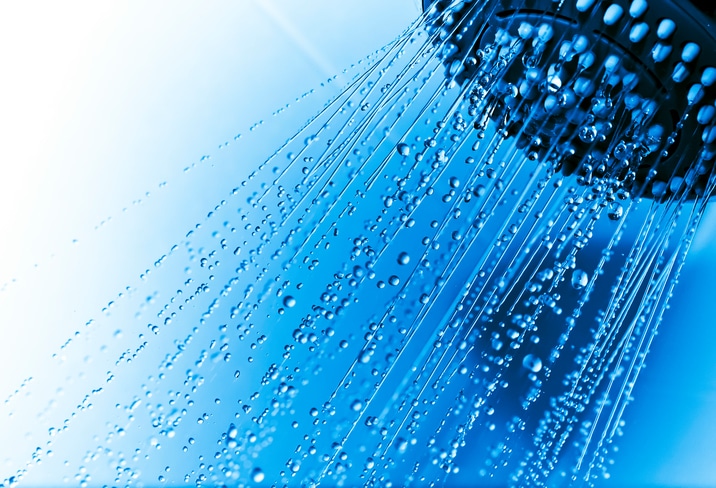Are you fed up with trying to rinse your hair only for it to take forever because of a slow stream of water coming out?
If you’ve been dealing with low water pressure in your home, you know that it can be an extremely annoying and time-consuming problem, especially when it comes time to take a shower. But thankfully there are some simple fixes that anyone can do!
However, not knowing where to start when tackling this issue can prove daunting.
If you’ve been frustrated with this all too familiar situation, then look no further as we provide a comprehensive guide on how to fix low water pressure in a shower – so you won’t have to wait any longer for those sudsy bubbles!
Continue reading to learn more.
Looking for professional plumbers in Arlington, VA or one of the surrounding areas? Contact one of the team members at Clover Services to learn more about the plumbing services.
What’s potentially causing low water pressure in your shower?
Here are some typical examples of things that could be negatively affecting your shower’s water pressure:
Check the water pressure regulator
If you’re currently experiencing low water pressure in your shower, make sure that you check the water pressure regulator.
Your water pressure regulator is a valve that controls the amount of water that flows into your home.
If the water pressure regulator isn’t set correctly, it can cause low water pressure in your shower.
Look for leaks
Another potential cause of low water pressure in your shower is a leak in your plumbing. To check for leaks, turn off all of your faucets and then check the meter reading on your water meter. If the meter reading doesn’t change, there are no leaks.
However, if the meter reading does change, there may be a leak somewhere in your plumbing.
Check the shut-off valves
If you’re tired of waking up to low water pressure in your shower, it’s also a good idea to check the shut-off valves for your home’s main water supply line and your home’s individual shut-off valve.
The main water supply line shut-off valve is typically located outside of your home, near the street or sidewalk. The individual shut-off valve is typically located inside of your home, near the water heater or main supply line.
Check the aerators
Is your shower water pressure low? You may be dealing with a clogged aerator. Aerators are small screens that are located at the end of faucets and showers. They help to aerate the water, which means they add air to the water to make it less dense.
Over time, shower aerators can become clogged with minerals and other debris, which can reduce water flow and cause low water pressure in showers.
Look for sediment build-up
If you have hard water, it’s possible that sediment has built up in your pipes and is causing low water pressure in your shower.
Hard water generally contains high levels of minerals, including calcium and magnesium, which can build up over time and reduce water flow through pipes. You can use a plunger or a plumber’s snake to clear out the sediment.
Call a plumber
If you’ve tried all of these things and you’re still experiencing low water pressure in your shower, it’s time to call a plumber. Professional plumbers know how to fix a shower with low water pressure in a flash.
How to increase your shower’s water pressure
If you’re tired of waking up to low water pressure in your shower, feel free to give these tips a try:
Clean the shower head
If your shower water pressure is low, it may be due to a build-up of mineral deposits on the shower head. To clean the shower head, remove it from the arm and submerge the component in a solution of vinegar and water for 30 minutes. After soaking, use a brush to remove any remaining deposits and rinse the shower head with clean water.
Replace the shower head
If cleaning the shower head does not improve the water pressure, you may need to replace your showerhead.
When choosing a new shower head, look for one that has an adjustable flow rate so that you can increase or decrease the flow as needed.
Expert guide on how to fix low water pressure in a shower — Conclusion
If you are tired of experiencing low water pressure in your shower every morning, it is important to take action and address the issue as soon as possible.
By following the tips in this expert guide, you can troubleshoot and hopefully repair your water pressure problems on your own.
However, if you are unable to fix the issue or feel uncomfortable doing so, contact a professional plumbing service for assistance.
Don’t wait until the problem gets worse – take action today!
If you’ve tried these troubleshooting steps and still can’t resolve the low water pressure issue in your shower, it’s time to seek professional help. Contact a reputable Plumber Nampa, Idaho to assess and address any underlying plumbing problems that may be causing the problem








